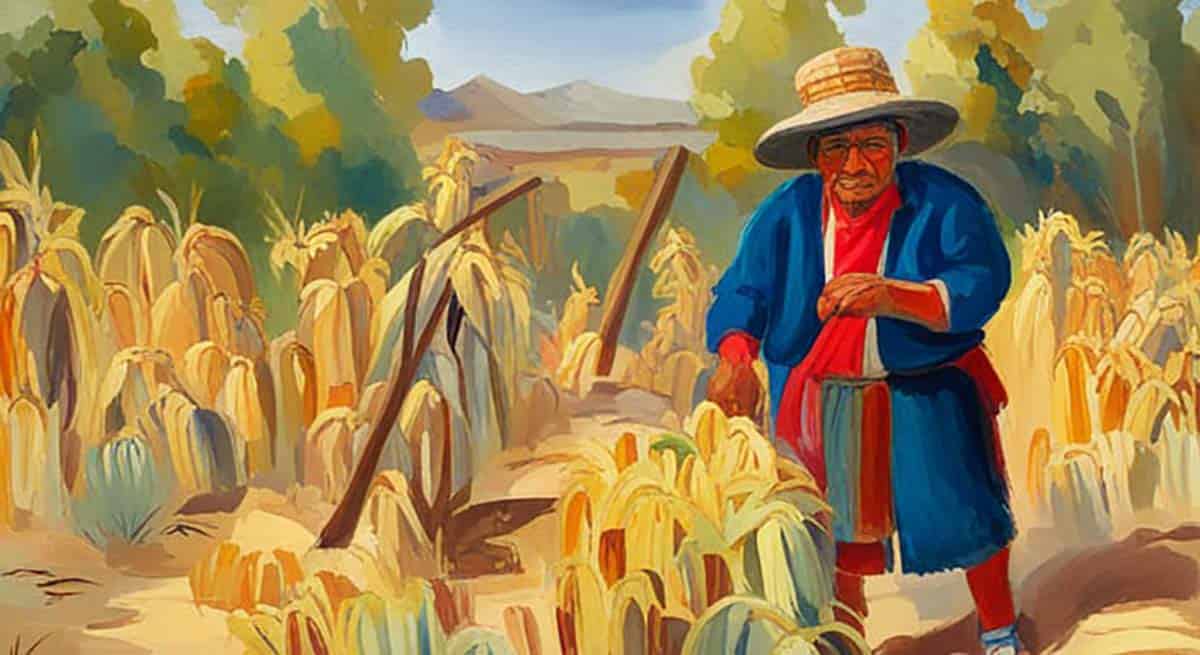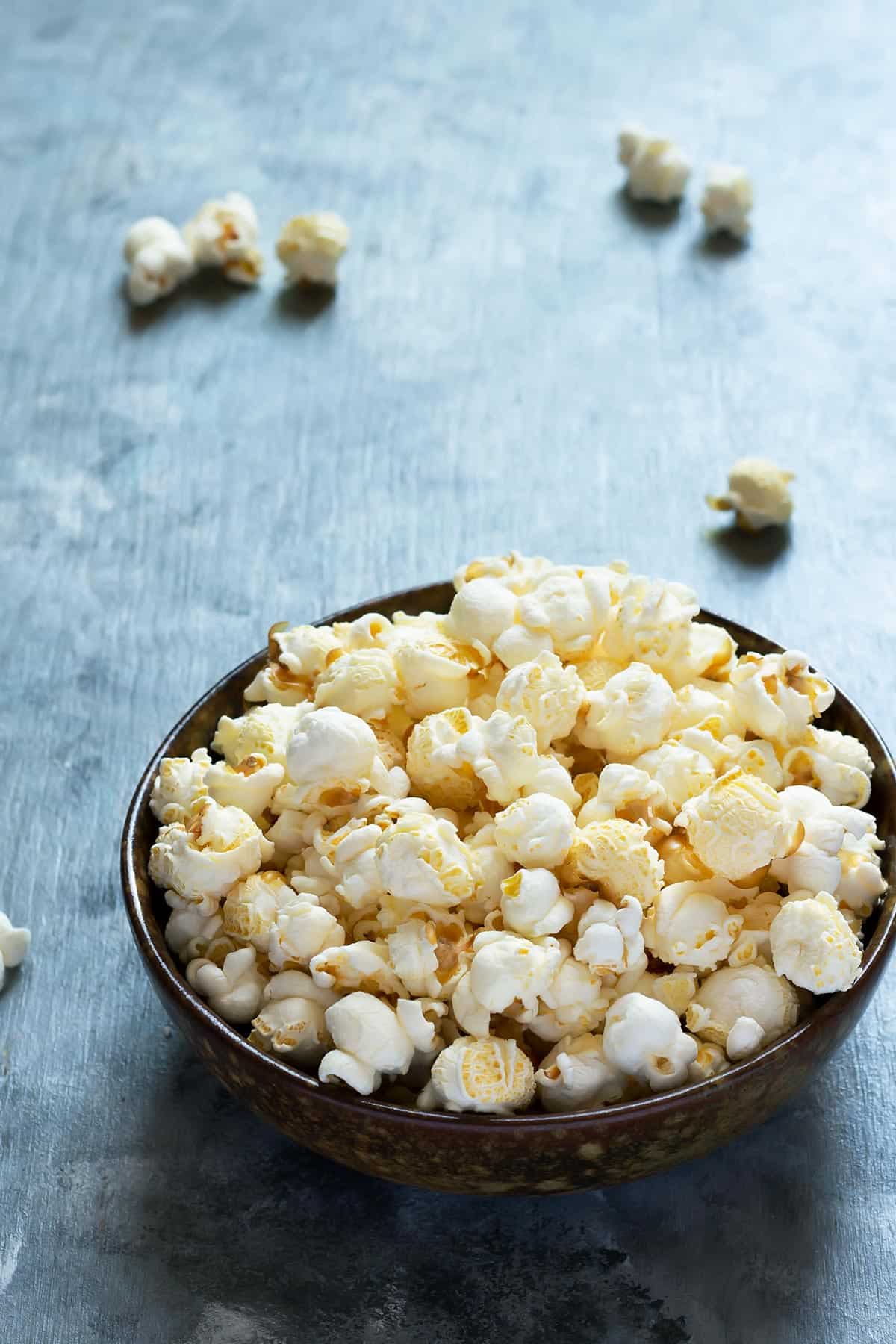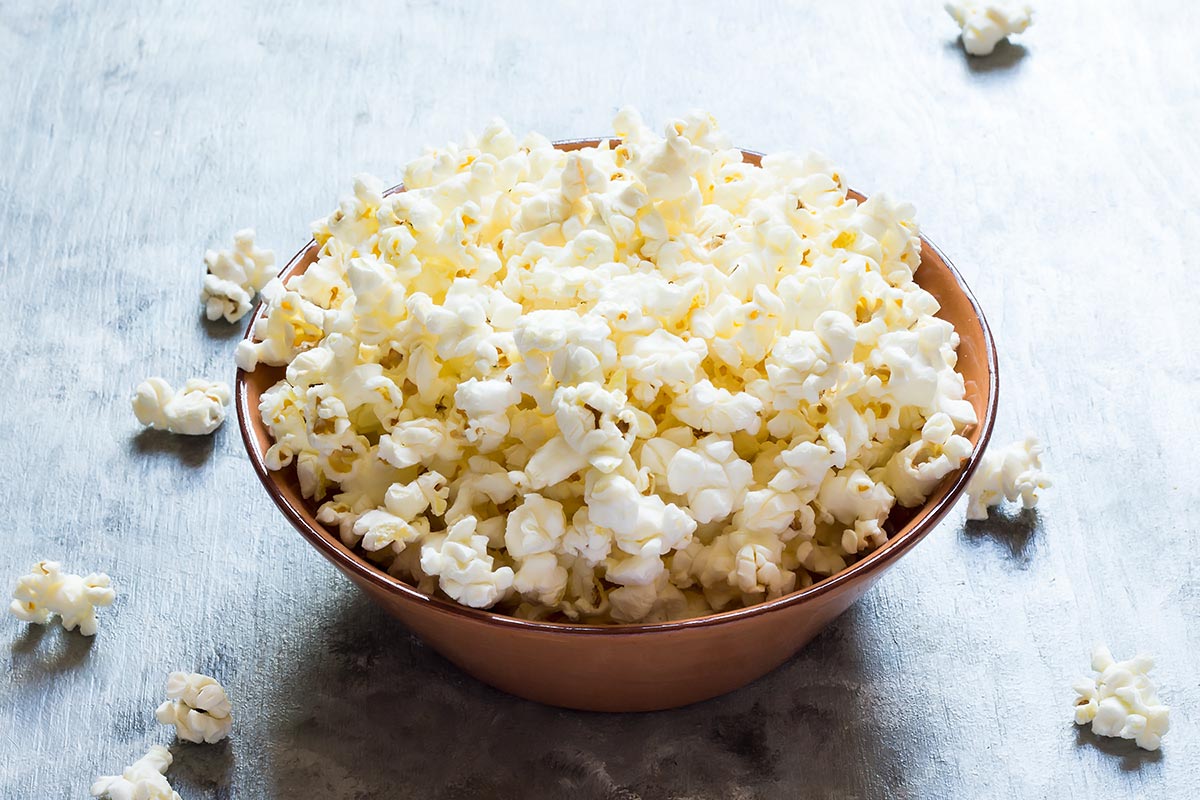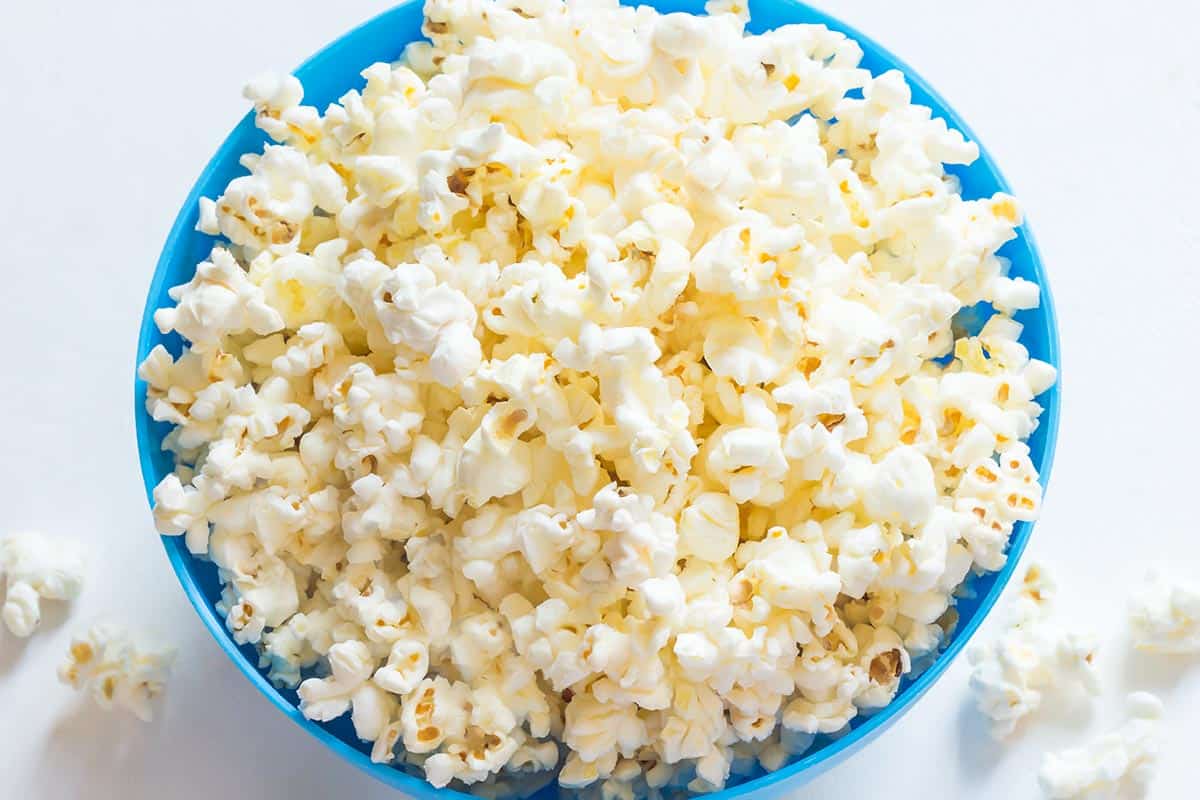The history of popcorn is a fascinating journey that spans centuries and continents, from its humble beginnings to becoming one of America's favorite snacks.
The Americans, known for their love of entertainment, played a crucial role in popularizing popcorn. From theaters to homes, the story of popcorn's rise is intertwined with cultural shifts and innovative developments.
Early Beginnings: Popcorn's Ancient Roots
While popcorn's origins can be traced back to ancient civilizations, including the Indians and Iroquois, it was the indigenous peoples of the Americas who first cultivated and consumed this unique variety of corn.

As explorers like the Spanish ventured into the "New World," they encountered the Iroquois tribe popping kernels of popcorn over an open flame. This intriguing method of preparing popcorn was a testament to the resourcefulness of indigenous communities.
The United States: A Theatrical Revolution
As colonists emerged and formed the United States nation, so did the popularity of popcorn. In the mid-1800s, the trend of enjoying popcorn at theaters began to take off. Movie theaters, a symbol of entertainment, adopted popcorn as a snack that could be enjoyed during screenings.

The aroma of freshly popped kernels became synonymous with the cinematic experience. Theaters across the nation started embracing popcorn vendors, who quickly became an integral part of the movie-going culture.
From the Great Depression to the 1950s: Resilience and Innovation
The Great Depression of the 1930s brought economic hardship to the United States, affecting businesses and livelihoods. However, the snack industry, including popcorn vendors, remained resilient.
People sought affordable comfort, and popcorn provided just that. As the nation faced challenges, the popcorn industry thrived. By the 1950s, popcorn had solidified its place as a beloved American snack.
Revolutionizing Popcorn: The Birth of Microwave Popcorn
The late 20th century witnessed a technological breakthrough that transformed the way we enjoy popcorn—microwave popcorn. General Mills, a household name in breakfast cereals, played a pivotal role in this innovation.

They introduced the convenience of microwavable popcorn bags, making it easy for anyone to enjoy the snack with just the press of a button. This marked a turning point in the history of popcorn, as it entered the realm of household convenience.
Today, popcorn consumption is through the roof worldwide!
Nostalgia and Modernization: Popcorn's Present Landscape
Today, popcorn remains a symbol of nostalgia and modernization, bridging generations and cultures. It's enjoyed as a traditional snack at movie theaters, during casual movie nights at home, and even at concession stands during local events.
Vendors in various states, including New Mexico, Indiana, Iowa, Utah and Nebraska, continue to delight patrons with buttery and savory popcorn flavors.
From Ancestral Origins to Contemporary Delights
Incorporating flavors like salt, cream, and even molasses, popcorn has evolved from a simple snack to a versatile treat that caters to diverse tastes. As the popcorn industry continues to grow, the legacy of vendors and their contribution to popcorn's history is celebrated. With each popped corn, we savor a taste of the past while embracing the innovations of the present.

As we enjoy the crunch of popcorn kernels and relish its rich history, it's important to remember that every bite is a connection to the past—a journey that spans centuries, cultures, and nations. Whether it's the historic theaters of Chicago or the modern cinema experience, popcorn remains a beloved companion, reminding us of its enduring legacy in the vibrant tapestry of America's culinary and cultural history.
Common Questions
Corn turns into popcorn through a fascinating process called "popcorn expansion." Each popcorn kernel contains a small amount of moisture inside its hull. When heated, the moisture turns into steam, and pressure builds up within the kernel.
Eventually, the hull ruptures. As it bursts open, the steam escapes, causing the starches inside to puff up and create the familiar fluffy popcorn texture. [Source: https://popmaize.com/science-behind-popcorn/]
In the 1800s, popcorn was often prepared by heating sand in clay pots until it was extremely hot. Then, the popcorn kernels were added, and the heat from the sand caused them to pop. The result was soft, flower-like pieces of popcorn.
Popcorn was enjoyed as a cereal, a snack, and even as a treat similar to kettle corn using ingredients like molasses.
Popcorn has ancient origins and is believed to have originated in the Americas, particularly among indigenous tribes in present-day Mexico and Peru.
These tribes were among the first to cultivate and consume popcorn thousands of years ago.
Initially, popcorn had ceremonial and decorative purposes among indigenous tribes. It was used in religious rituals, offered as a tribute to deities, and was even used as decorative costumes and ornaments like headdresses and necklaces.
It wasn't until later that popcorn transitioned to being a popular and delicious snack.
In the western world, Charles Cretors is often credited with inventing the first commercial popcorn machine in the late 19th century. He introduced a steam-powered popcorn machine that produced uniform and tasty popcorn.
Cretors' invention marked a pivotal moment in the history of popcorn, transforming it from a simple snack into a widely enjoyed treat in theaters and beyond.


Leave a Reply